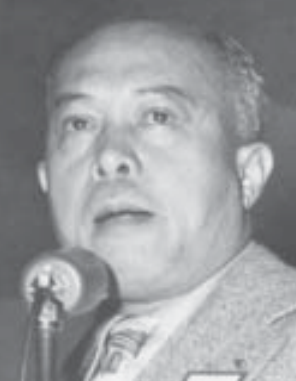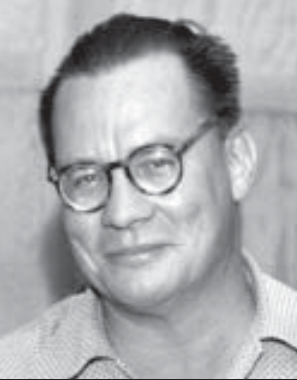In a breakthrough agreement, the Hyatt Regency Maui will be the first employer to partner with the ILWU and provide employee medical and dental benefits through a negotiated Union/Company trust fund. The changeover is scheduled to take place on January 1, 2005. On that date, instead of paying HMSA or Kaiser directly, the Hyatt Maui will put the money into a trust fund. The trust fund will then pay the medical and dental bills or the Kaiser premiums.
Hyatt members will receive their medical benefits from the trust fund. The change is mainly in the way the benefits are provided. However, every year thereafter, Hyatt members will benefit because the trust fund is a more effective and efficient way to keep medical costs under control.
Lower costs
Under the previous collective bargaining agreement, the hotel paid any increase in medical premiums up to a maximum of 12 percent each year. Increases over 12 percent came out of the employees’ pockets. This happened recently and Hyatt members paid the increase by postponing a wage increase. The hotel, like most employers in Hawaii, has no control over the premiums charged by HMSA, which dominates the health insurance market in the state. Some of HMSA’s rate increases have been very high and unexpected. This makes it hard for the hotel to project costs and plan for the future.
Under the new trust fund agreement, Hyatt knows exactly
—continued on page 6
Knowledge is Power: Understanding labor history and our rights
The power of any union lies in its rank-and-file members. Whenever there is a challenge to their jobs and benefits, to their rights to safe and fair conditions at work, their elected leaders can give guidance and direction, but only the members can provide the leverage and strength to prevail.
But to have that strength, that unity in action, the members need a common understanding of their history and their rights. This doesn’t just come automatically when someone gets hired onto a job and sworn in to the union. It comes with experience and education. And it takes veteran members of the union to step up and assist that process.
The ILWU has many new members with less than five years in the union. In our Longshore Division, where we have more complete statistics, we know that more than 25 percent of the members are new.
New Longshore Division members used to get lots of their union education on the job, back when we worked with partners and in gangs.
Knowledge of union history and values, of how to enforce safety and contractual rights, got passed from member to member every day.
But the employers have used technology to increase productivity, and in doing so they have made us more isolated on the job. This isolation has interfered with our communication and our day-to-day stewardship.
—continued on page 2

Hawaii ILWU Labor History Can you identify these outstanding ILWU labor leaders?

Hint: He organized the Hilo waterfront in the 1930s—workers who became, along with Honolulu longshoremen, the first members of the ILWU in Hawaii.

Hint: The most famous leader in Hawaii ILWU history; you may have a holiday in your contract in honor of him.
Answers on page 6.

